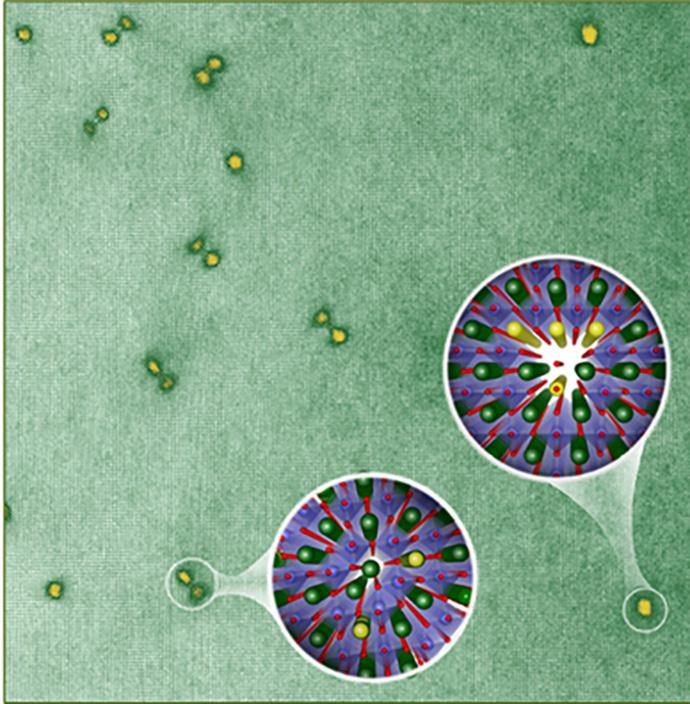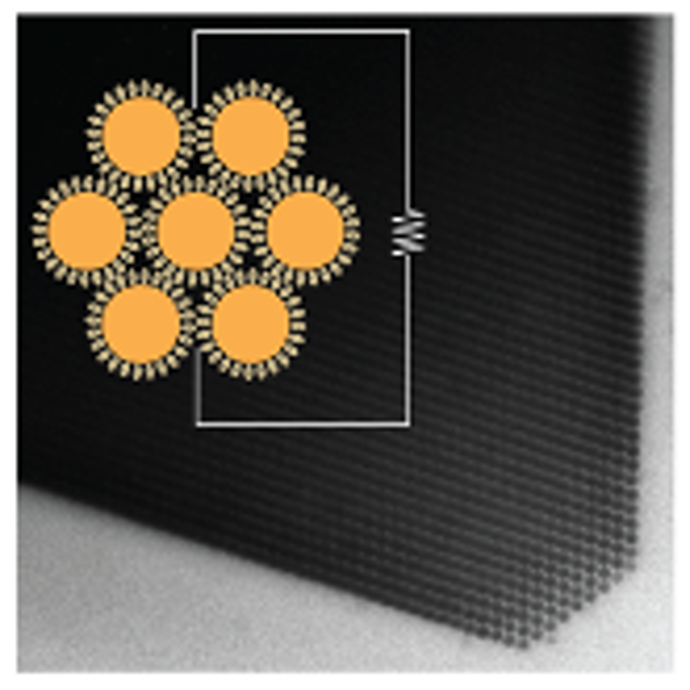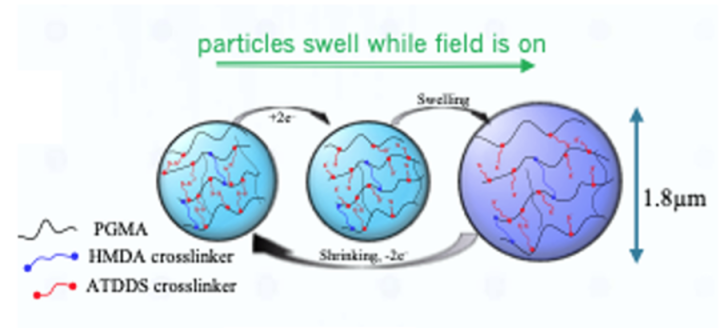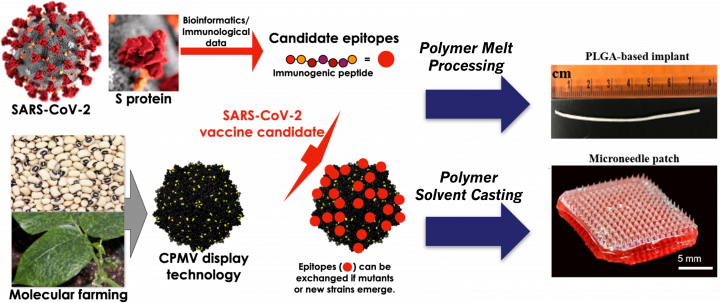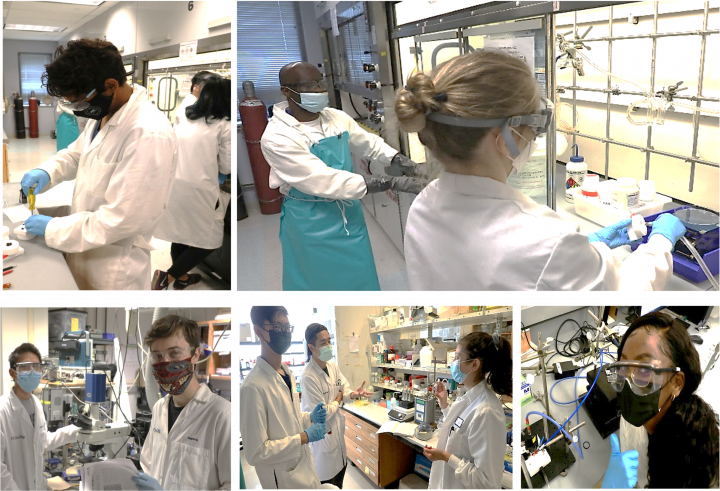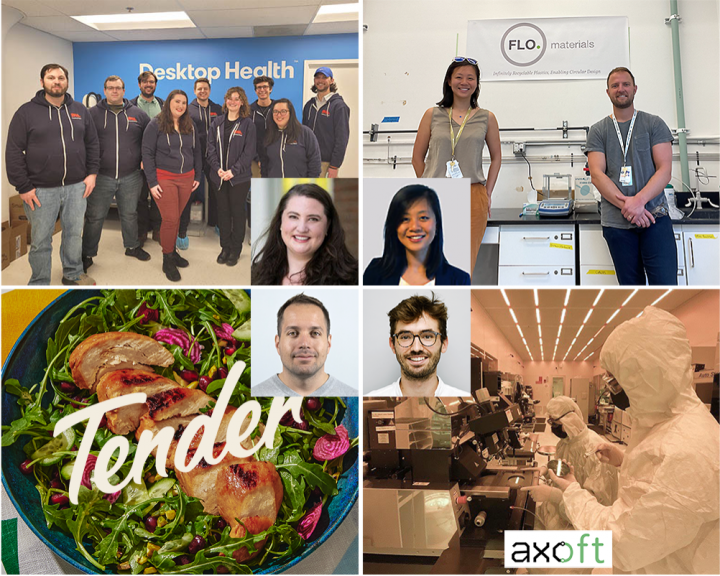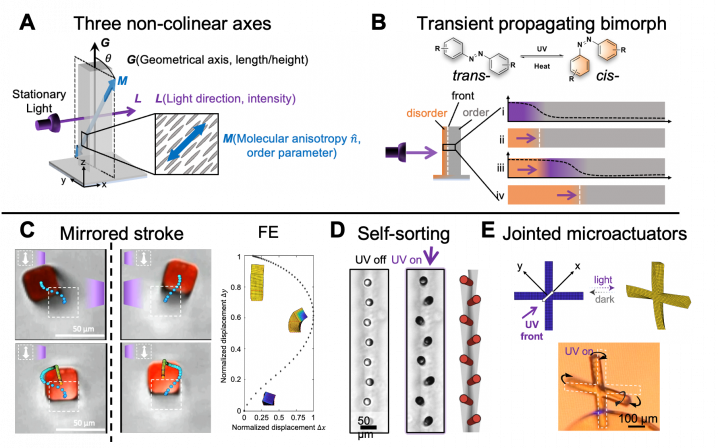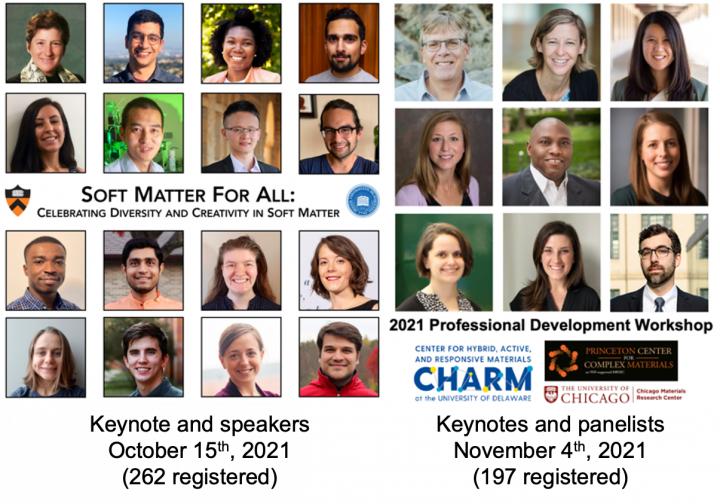Emerging semiconductors such as tin-based oxides have enormous application potential in devices, as they are transparent, support highly mobile electrons, and have wide “energy gaps”. Unlike better developed semiconductors, however, these materials are prone to harboring defects, which can limit essential properties such as electron mobility.

